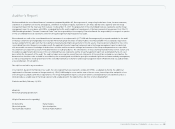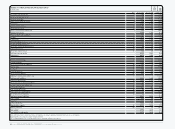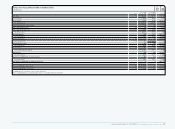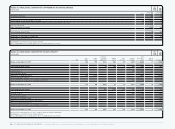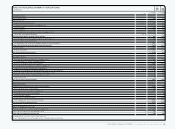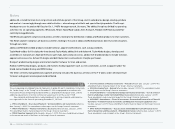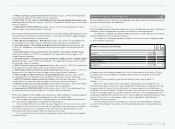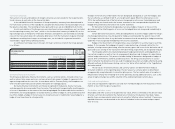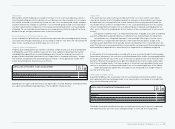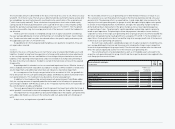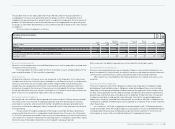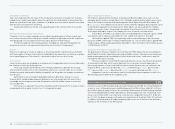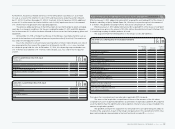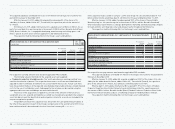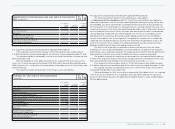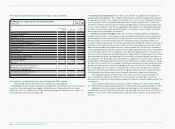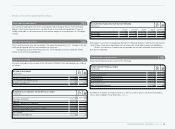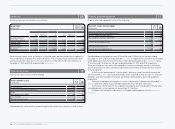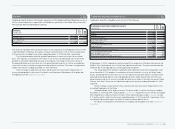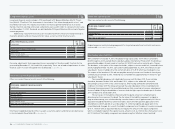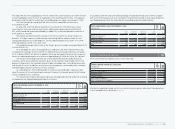Reebok 2009 Annual Report Download - page 179
Download and view the complete annual report
Please find page 179 of the 2009 Reebok annual report below. You can navigate through the pages in the report by either clicking on the pages listed below, or by using the keyword search tool below to find specific information within the annual report.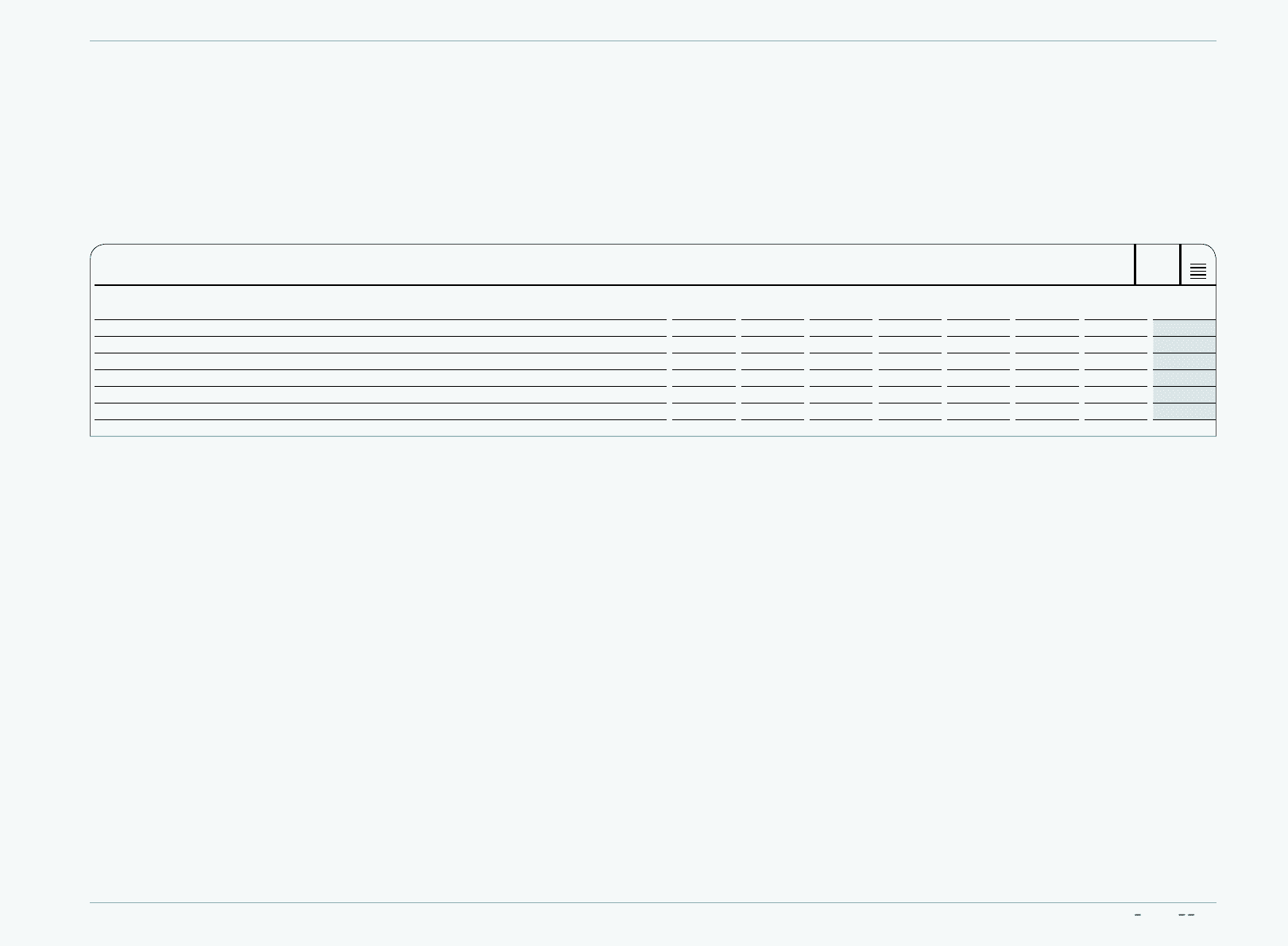
CONSOLIDATED FINANCIAL STATEMENTS Notes 175
The goodwill shown in the table under Other Asian Markets, Western Europe and Other is
an aggregation of several cash-generating units (or groups of units), as the goodwill of each
individual cash-generating unit (or group of units) is insignificant compared to the total amount of
goodwill. The determination of the recoverable amounts of the aggregated cash-generating units
(or groups of units) Other Asian Markets as well as Western Europe is based on the same material
assumptions.
The reconciliation of goodwill is as follows:
N
°-
02
RECONCILIATION OF GOODWILL
€ IN MILLIONS
adidas Reebok TaylorMade-
adidas Golf Greater China Other Asian
Markets Western
Europe Other Total
January 1, 2009 790 425 284 — — — — 1,499
Additions 5 1 — — — — — 6
Currency translation differences (January 1, 2009 to September 30, 2009) (23) (16) (1) — — — — (40)
Reallocation (772) (410) — 208 157 508 309 0
Currency translation differences (October 1, 2009 to December 31, 2009) — — — 2 2 5 4 13
December 31, 2009 0 0 283 210 159 513 313 1,478
Research and development Research and development
Research costs are expensed as incurred. Development costs are also expensed as incurred when
recognition criteria are not met.
The Group spent € 86 million and € 81 million on product research and development for the
years ending December 31, 2009 and 2008, respectively.
Financial assets Financial assets
All purchases and sales of financial assets are recognised on the trade date. Costs of purchases
include transaction costs. If the fair value of available-for-sale financial assets (i.e. non-derivative
financial assets which are not allocable under another category of IAS 39) can be measured
reliably, they are subsequently carried at fair value. Realised and unrealised gains and losses
arising from changes in the fair value of financial assets are included in the income statement
for the period in which they arise, except for available-for-sale financial assets where unrealised
gains and losses are recognised in equity unless they are impaired.
Borrowings and other liabilities Borrowings and other liabilities
Borrowings and other liabilities are recognised at fair value using the “effective interest method”,
net of transaction costs incurred. In subsequent periods, long-term borrowings are stated at
amortised cost using the “effective interest method”. Any difference between proceeds (net of
transaction costs) and the redemption value is recognised in the income statement over the term
of the borrowing.
The fair value of the liability component of the Group’s convertible bond was determined
using a market interest rate for a comparable straight bond at time of issuance. As at December
31, 2008, this amount was presented as part of short-term borrowings on an amortised cost basis
until conversion or maturity of the bond. The remaining portion is included in shareholders’ equity
where the value of the equity component was not changed in subsequent periods.
After conversion, the liability component was reclassified into shareholders’ equity.
Accrued liabilities and provisions Accrued liabilities and provisions
Provisions are recognised where a present obligation (legal or constructive) to third parties has
been incurred which is likely to lead to an outflow of resources, and where the timing or amount is
uncertain. Non-current provisions are discounted if the effect of discounting is material.
With respect to accrued liabilities, the timing and amount of an outflow of resources is not
uncertain.
Pensions and similar obligations Pensions and similar obligations
Provisions for pensions and similar obligations comprise the Group provision obligation under
defined benefit and contribution plans. Obligations under defined benefit plans are calculated
separately for each plan by estimating the benefit amount that employees have earned in return
for their service during the current and prior periods. That benefit is discounted to determine its
present value, and the fair value of any plan assets is deducted. The discount rate is the yield at
the balance sheet date on high-quality corporate bonds. Calculations are performed by quali-
fied actuaries using the “projected unit credit method” in accordance with IAS 19. Obligations for
contributions to defined contribution plans are recognised as an expense in the income statement
when they are due.
As of January 1, 2005, due to application of the amendment to IAS 19 (“Employee Benefits”
issued in December 2004), the Group recognises actuarial gains or losses to defined benefit plans
arising during the financial year immediately outside the income statement in “other reserves”
within equity, as shown in the consolidated statement of comprehensive income.


